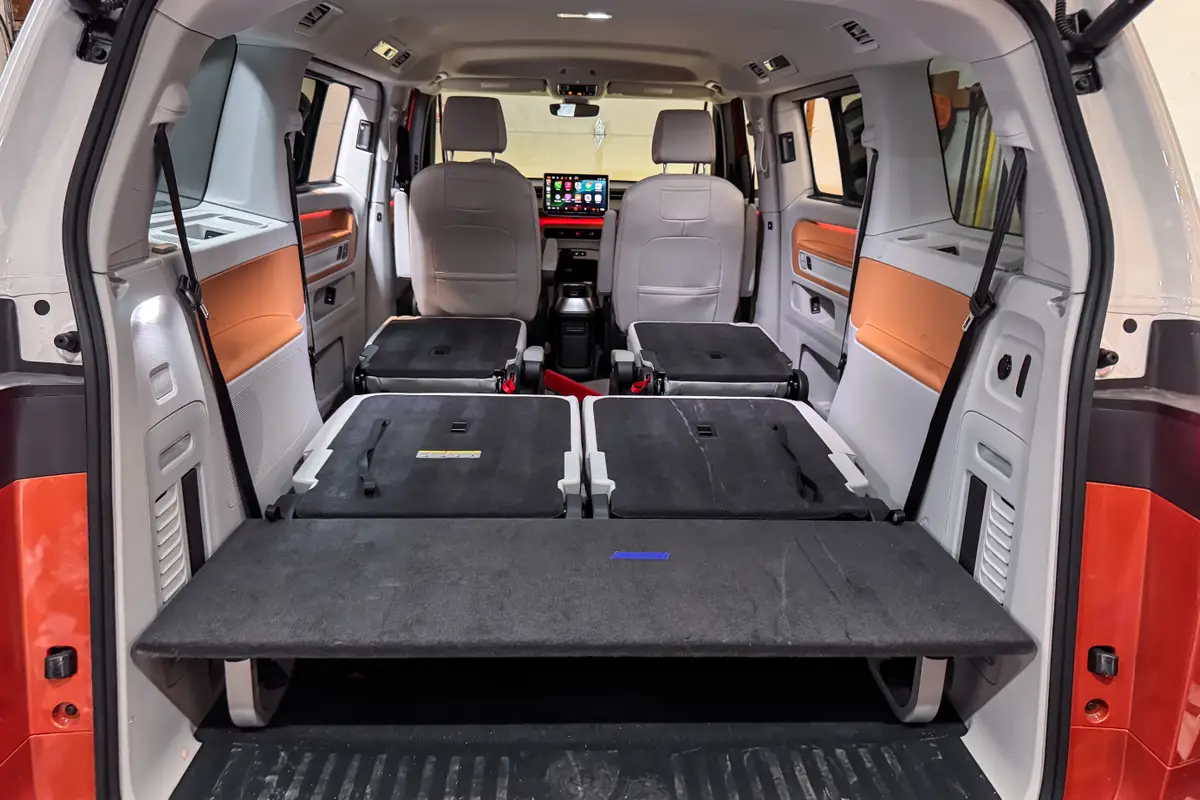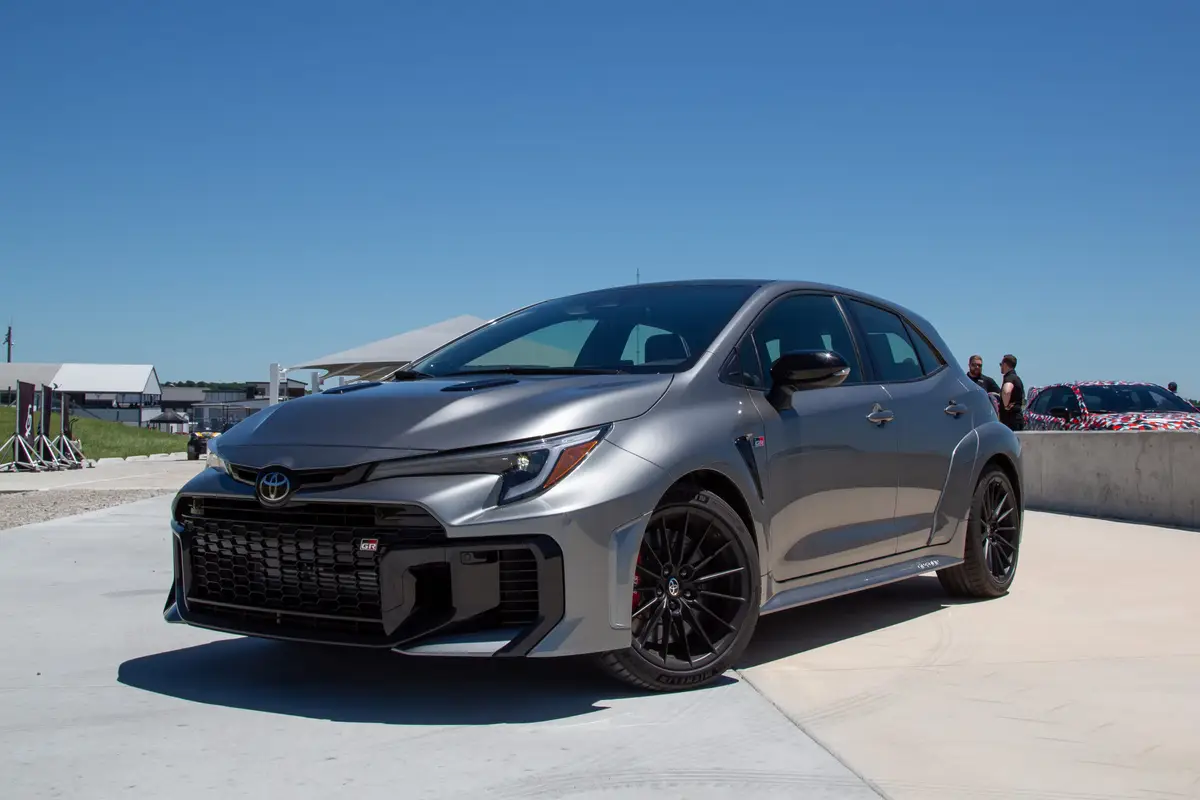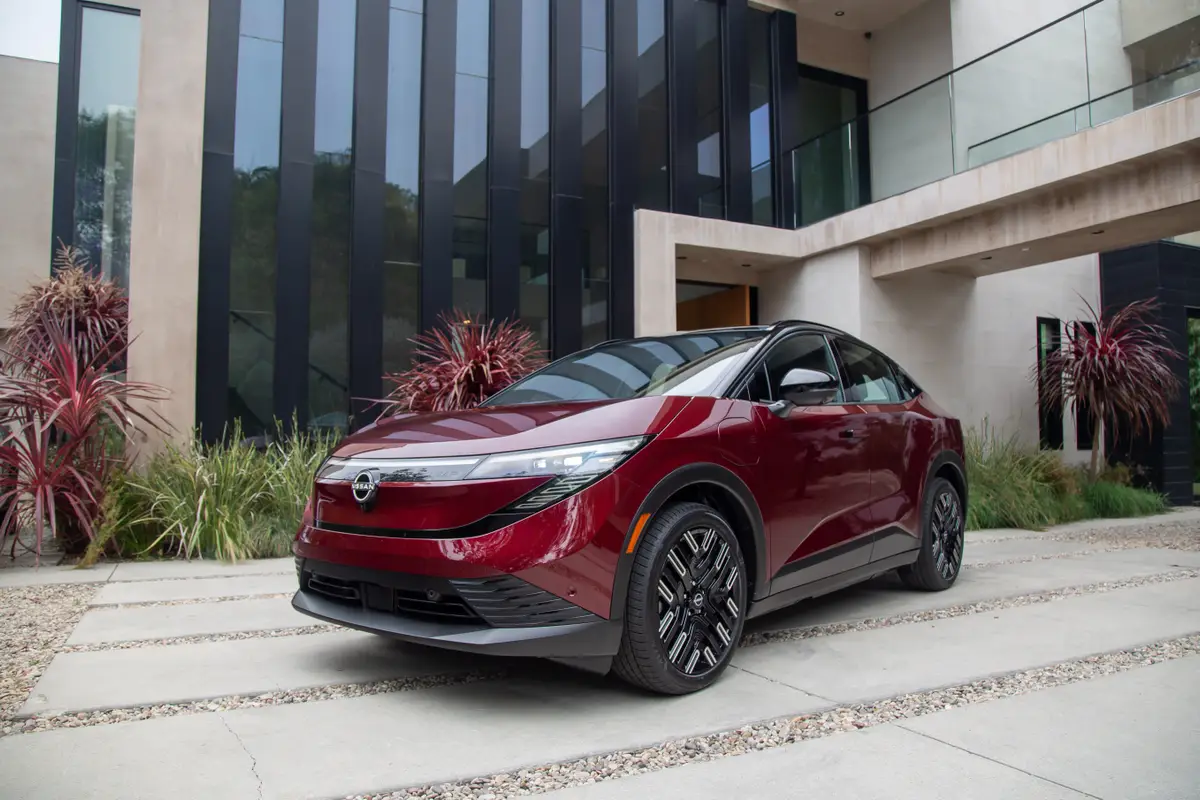2018 Chevrolet Equinox Review: First Drive

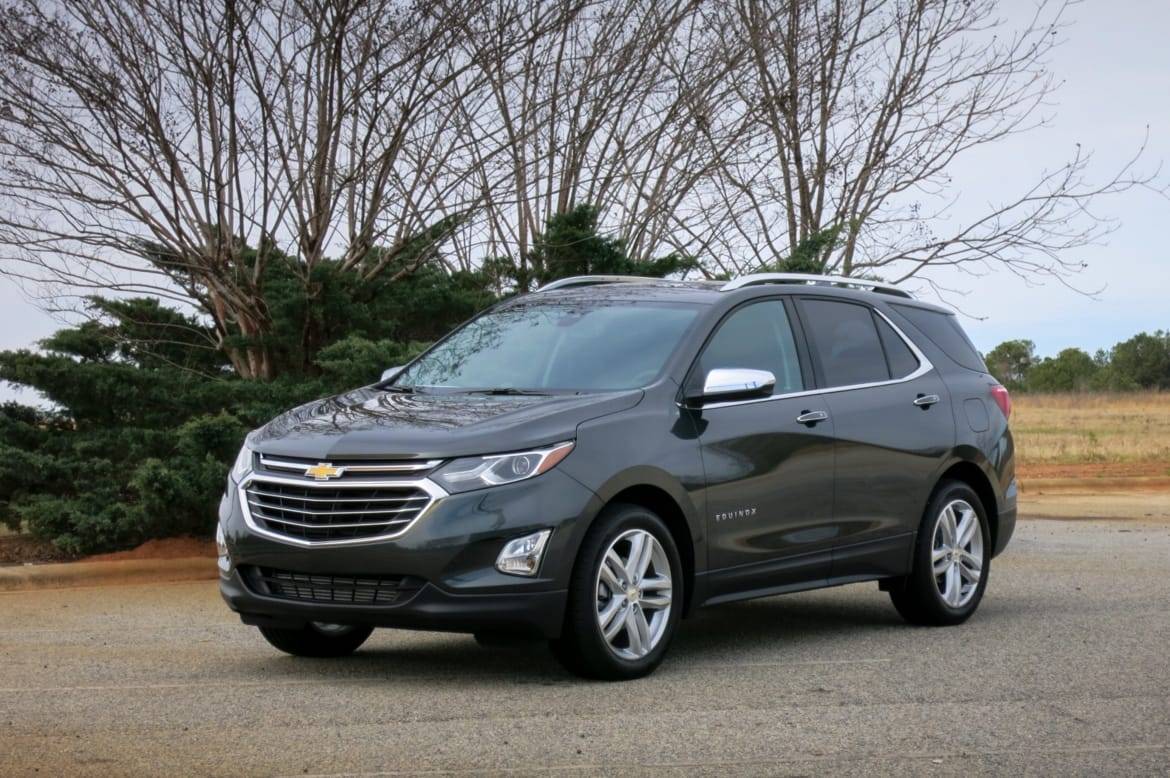
CARS.COM — No longer a plus-sized entrant among compact SUVs, the redesigned 2018 Chevrolet Equinox takes direct aim at popular models like the Ford Escape, Honda CR-V and Nissan Rogue. The new Equinox is less distinctive than its predecessor, which had a certain bigger-is-better appeal among smallish rivals. This one feels more like the rest of them, but it lands there with undeniable refinement.
Related: 2018 Chevrolet Equinox Video
Nearly 5 inches shorter than 2017, the 2018 Equinox shares its platform with the redesigned GMC Terrain but no other GM models in the U.S., officials at the automaker’s South Carolina media preview told me. (GM’s U.S. brands are Buick, Cadillac, Chevrolet and GMC.) The new platform helps shed about 400 pounds — more than 10 percent of curb weight — and it’s immediately noticeable. The new base engine, a turbo 1.5-liter four-cylinder with 170 horsepower, moves the Equinox with a punchiness its underpowered four-cylinder predecessor lacked. It’s a noisy climb to higher revs, but the drivetrain’s 203 pounds-feet of torque makes the ascent brisk enough.
There’s still room for improvement — especially on the highway, where accelerator lag and a transmission that resists downshifting conspire against passing — but in a class known for modest power, this is more than adequate.
Still Refined
Despite the weight loss, the Equinox maintains much of the refinement that distinguished the outgoing model. Wind and road noise are remarkably low, even over concrete patches. Our test cars — front-drive 1.5-liter models with 19-inch wheels — exhibited some turbulence over undulating stretches of highway, but the chassis is otherwise unfazed by rough pavement, with controlled shock absorption and infrequent harshness. You can also get 17- or 18-inch wheels with higher-sidewall tires, which should theoretically soften things up more.
Related: Does the 2018 Chevrolet Equinox Improve Blind Spot Visibility?
Fun to drive, however, the Equinox is not. Chevy has improved on the old model’s spongy brakes and excessive body roll, but the steering remains too soupy for any curvy-road thrills. It’s a vague, slow-ratio process to point the SUV in new directions, and feedback doesn’t improve much through long sweeping turns. For sheer driving fun, the Ford Escape and Mazda CX-5 are still kings of the hill.
The Equinox will come with two more turbocharged four-cylinders: a diesel 1.6-liter (136 hp, 236 pounds-feet and a six-speed automatic) and a gasoline 2.0-liter (252 hp, 260 pounds-feet and a nine-speed auto). GM had neither engine to test but touted that the 2.0-liter Equinox can hit 60 mph in a speedy 6.5 seconds or so, versus the high 8s for the 1.5-liter model. That matches the old V-6 Equinox, as does the turbo 2.0-liter’s maximum 3,500-pound towing capacity.
Full gas-mileage figures are pending for the diesel and 2.0-liter models, but GM says the 1.5-liter Equinox gets an EPA-estimated 28 mpg combined with front-wheel drive and 26 mpg with all-wheel drive — competitive numbers for the class.
The Inside
The dashboard is thematically similar to the redesigned Malibu, which is a good place to start. But two days’ driving confirmed one of our initial takeaways: The Equinox’s new seats are a step backward. As compact SUVs go, the old Equinox had exceptionally big, comfy seats; these are, well, ordinary. Headroom and seat height are good across the board, but the optional panoramic moonroof annexes nearly 2 inches of headroom, front and rear. Get a car with this feature and tall passengers in back will have to slouch.
The backseat reclines a few clicks and now folds flat, but it doesn’t slide like it once did. GM claims customer indifference toward the sliding function, but if you’re in the minority and still want sliders, check out the Nissan Rogue (or White Castle). Behind the backseat is about 30 cubic feet of cargo room, or a maximum 63.5 cubic feet with the seats folded. That’s roughly unchanged despite the truncated exterior, but anyone with serious cargo needs should look at the CR-V, Toyota RAV4 and Rogue. All three max out (on paper, at least) in the 70s.
Like before, bulky C- and D-pillars still limit rear visibility, but at least the Equinox traded last year’s Stonehenge-sized head restraints for smaller ones you can flip down — a considerable help. Cabin materials are attractive overall, with stitched vinyl on the upper dash and patches where your elbows rest on the front and rear doors — a rarity in the latter area, where most competitors slap cheap plastic and call it a day.
Save the flimsy turn-signal stalks, most controls have a well-crafted look and feel, and the 7- or 8-inch dashboard touchscreen sits on a raised plane for a subtle layered effect. Android Auto and Apple CarPlay are standard. One caveat, however: GM furnished only the Premier trim level for journalists. That’s the highest of four trims (L, LS, LT and Premier). Officials said lower trims don’t cheap out on materials — as they do in the Chevrolet Camaro — but the proof is in the pudding, so pay attention if you come across any pudding.
The 1.5-liter Equinox goes on sale this spring, and the 2.0-liter and diesel models arrive this summer. Pricing starts around $25,000 for the base Equinox L (which GM officials insisted you can really buy, as opposed to being a fleet-only model that dealers seldom stock). At the other end, a loaded Equinox Premier will top out close to $40,000. Stay tuned for a full review once we get some seat time with other engines and trim levels.

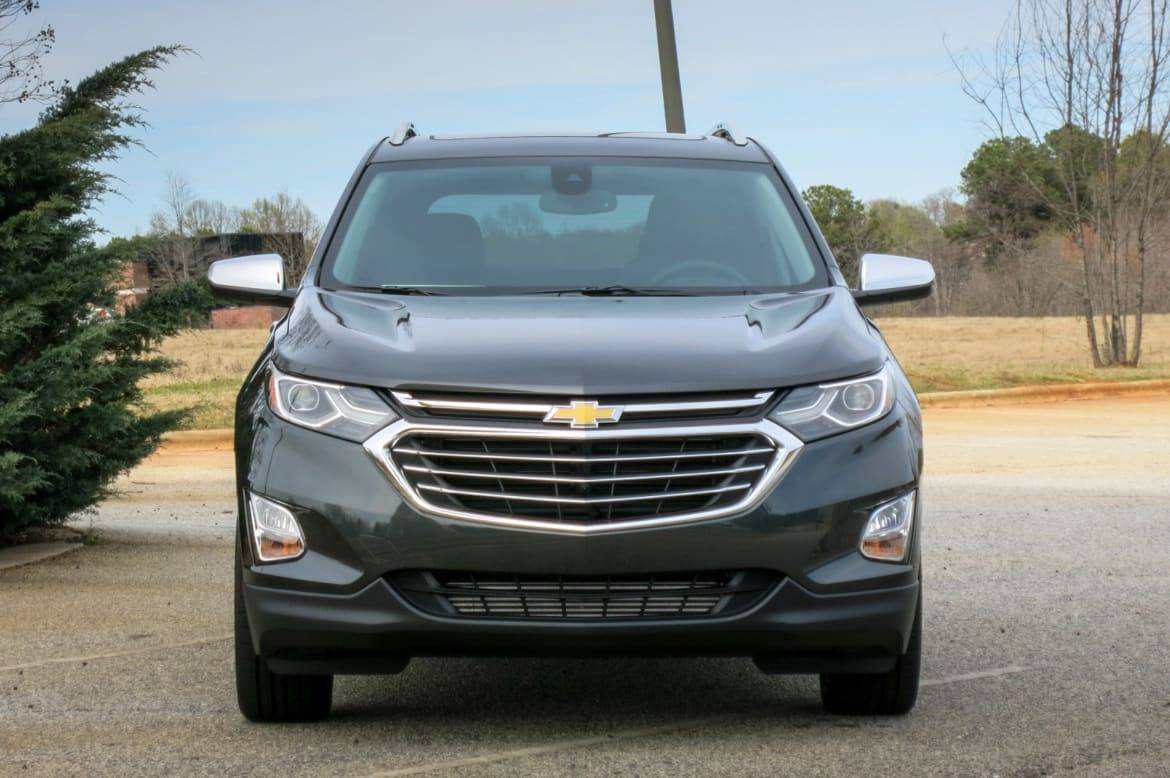
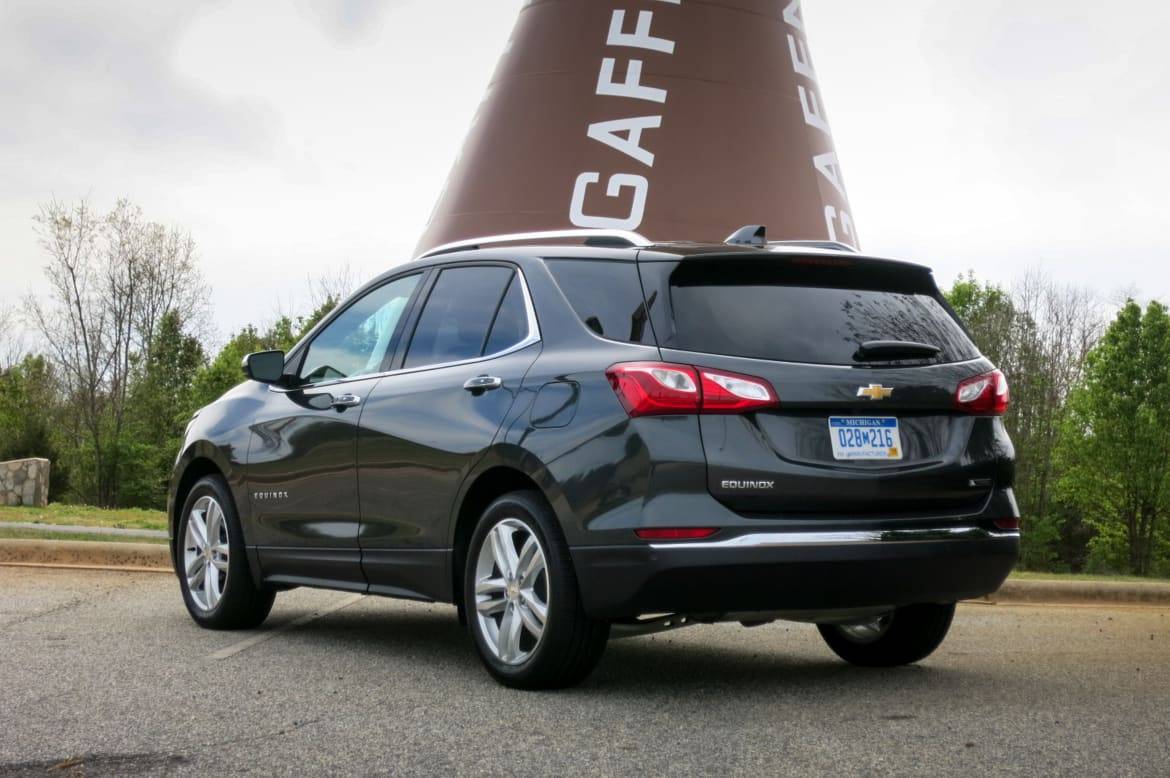
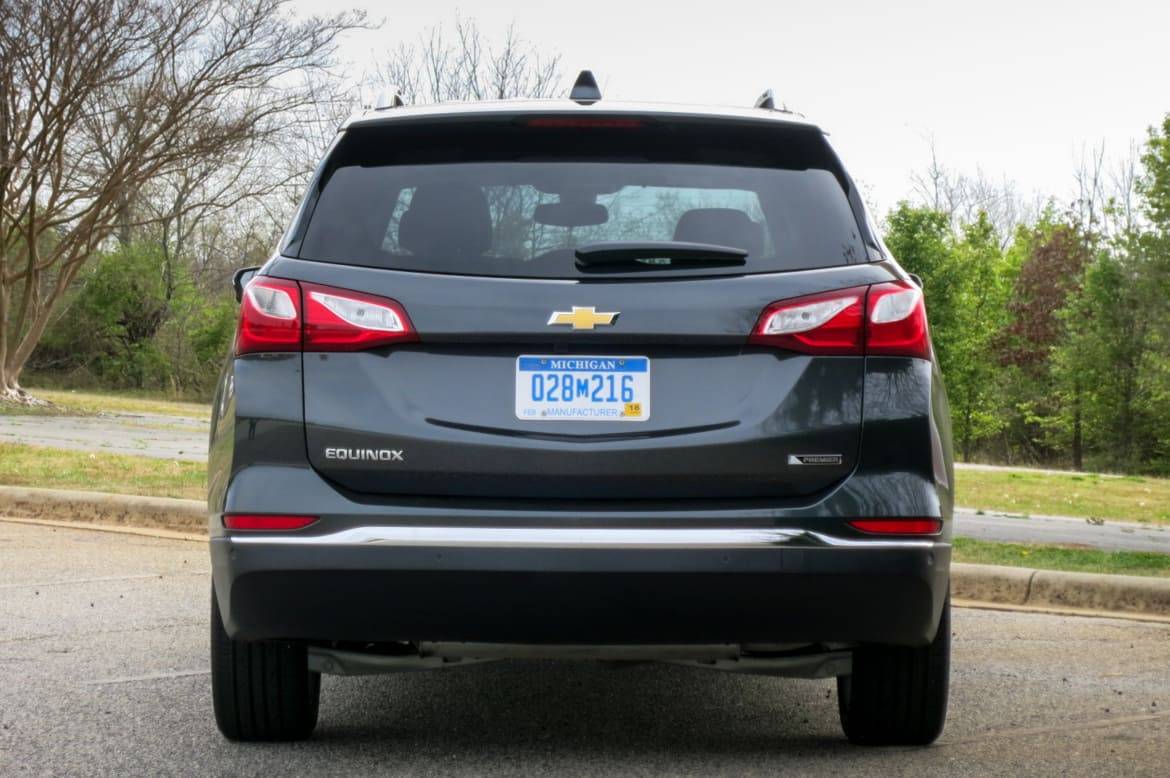
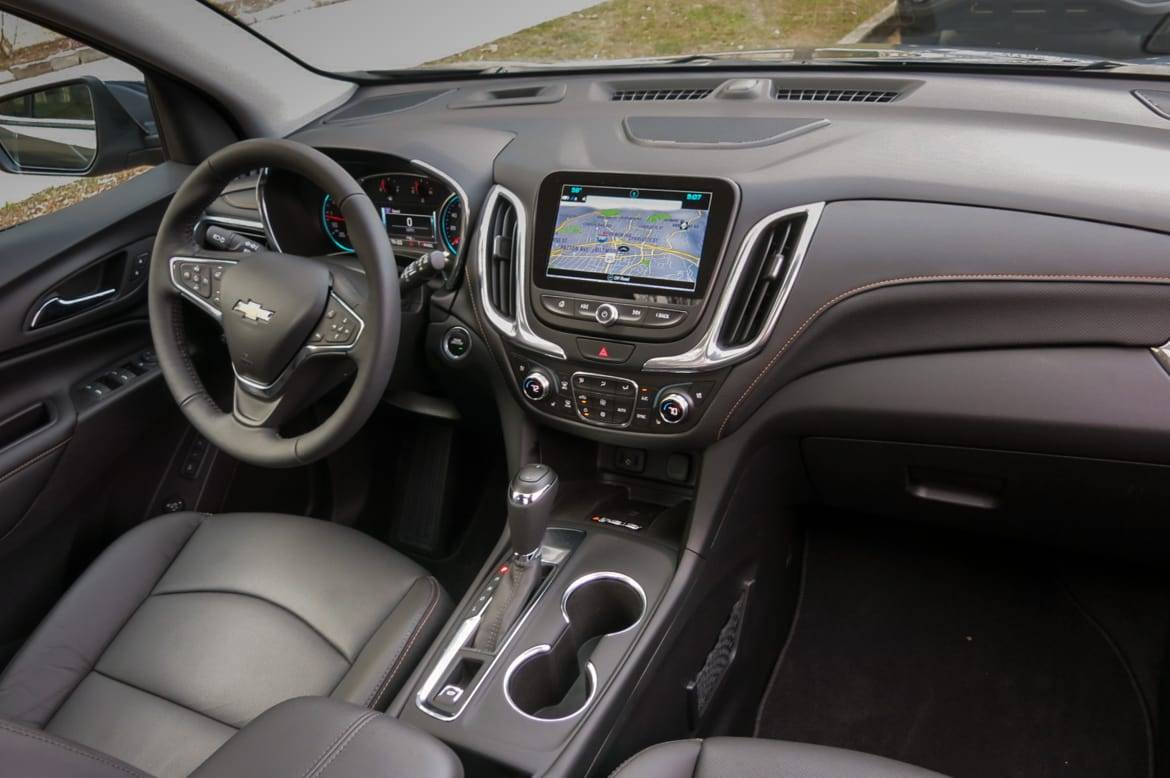
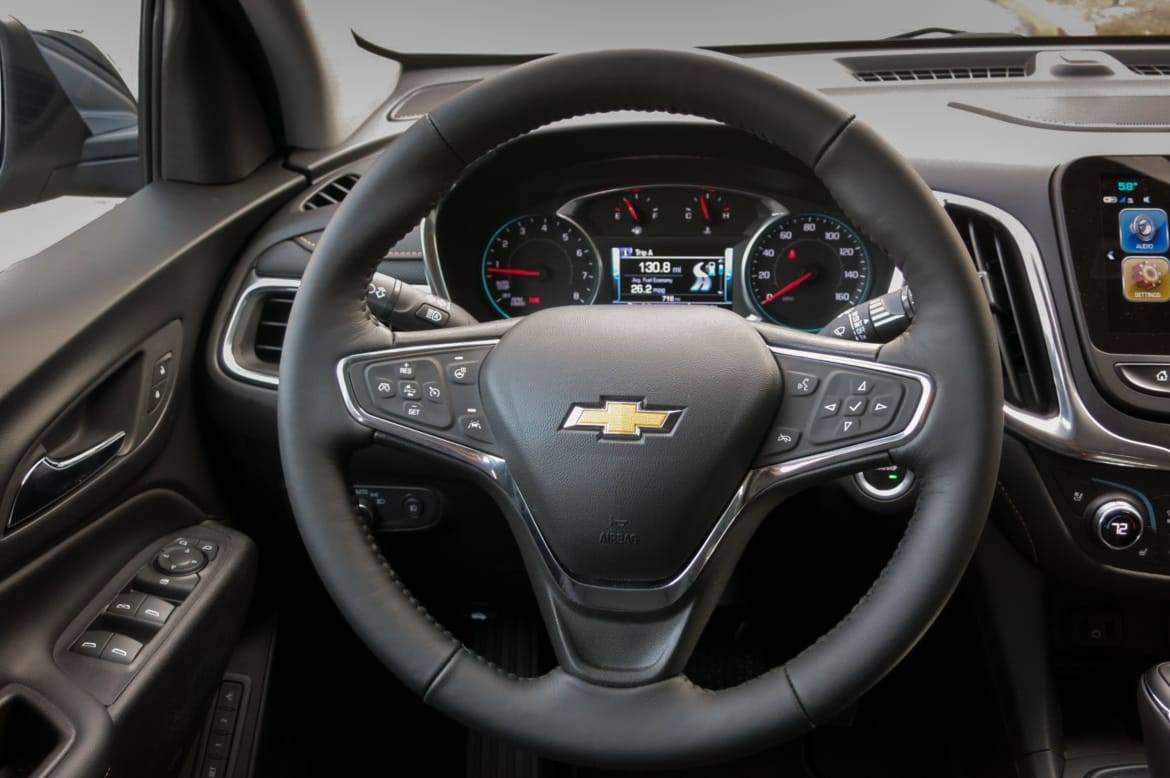
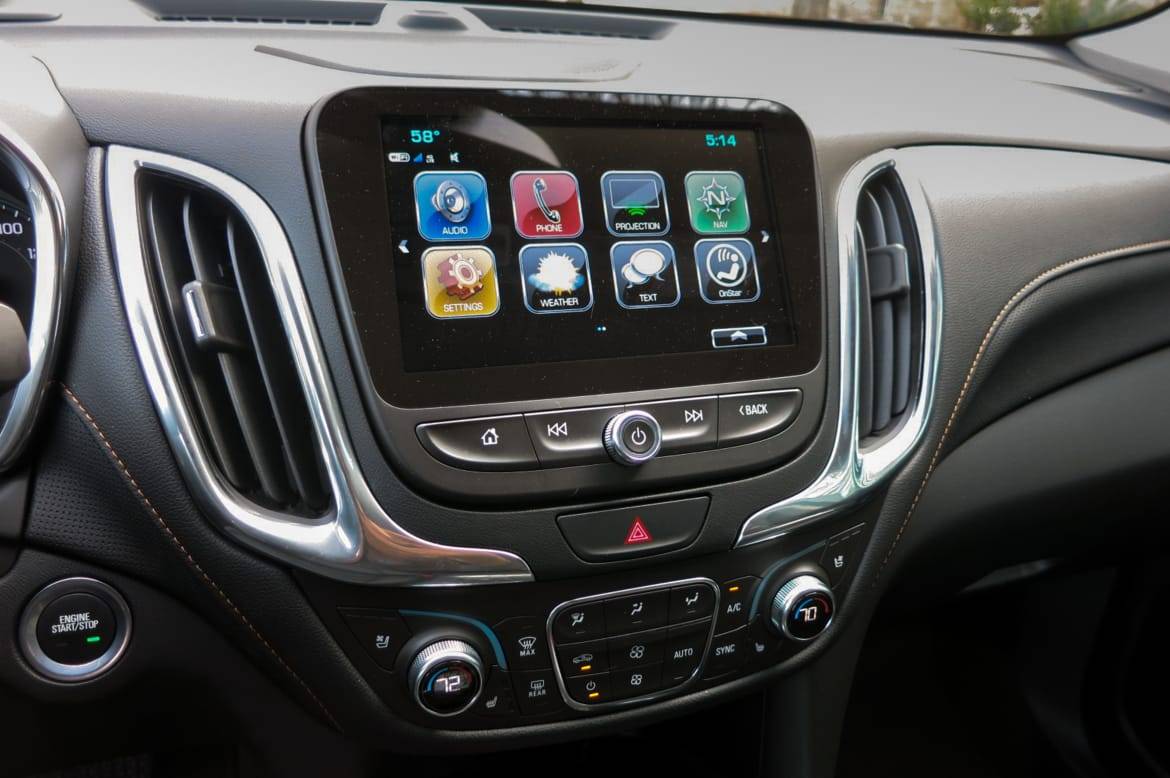
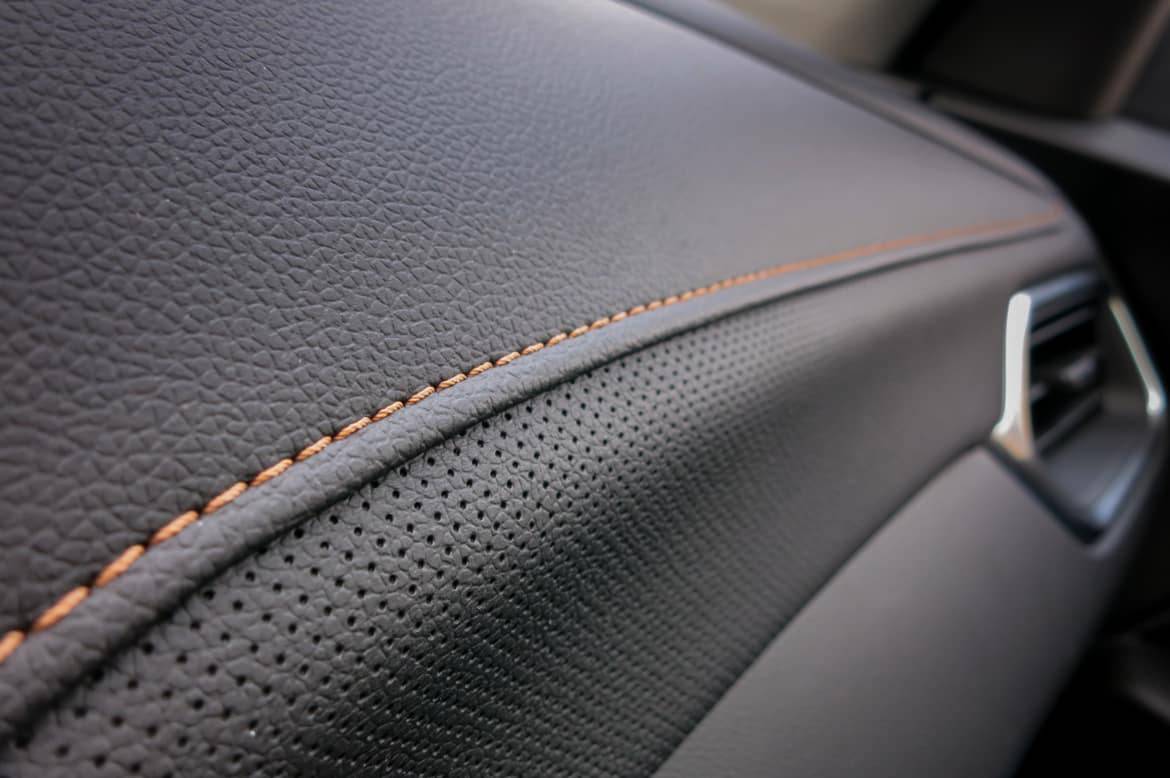
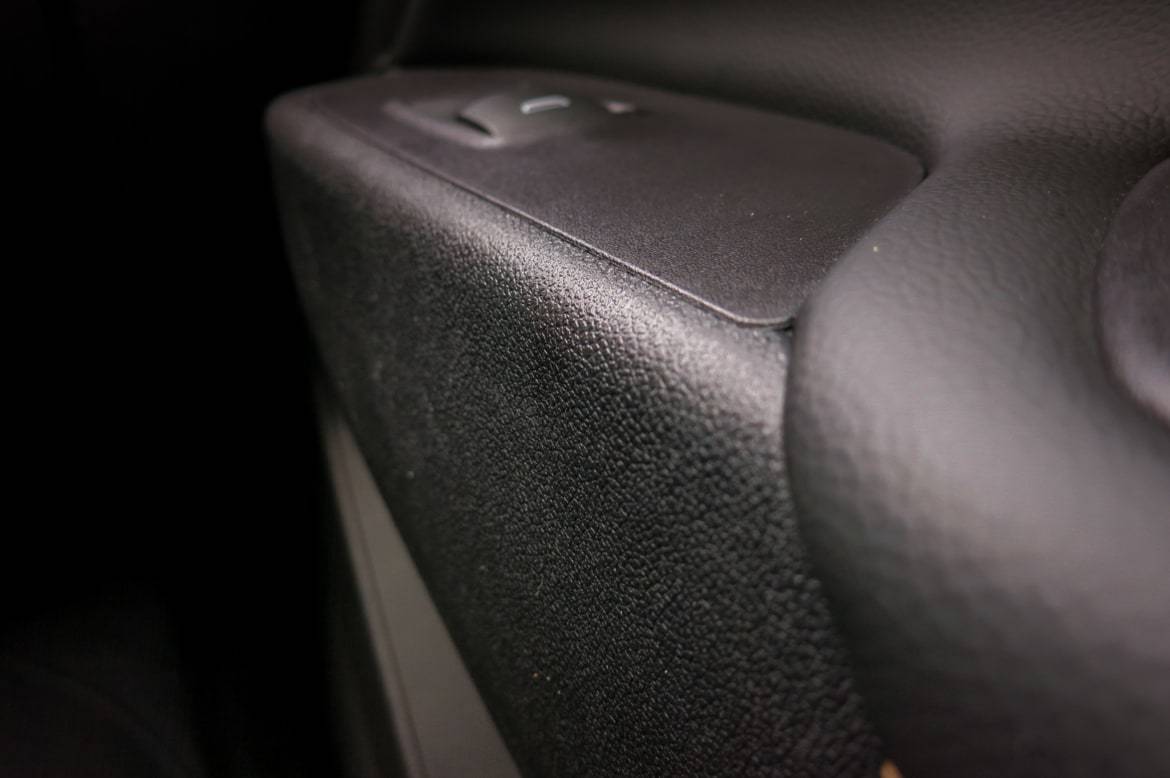
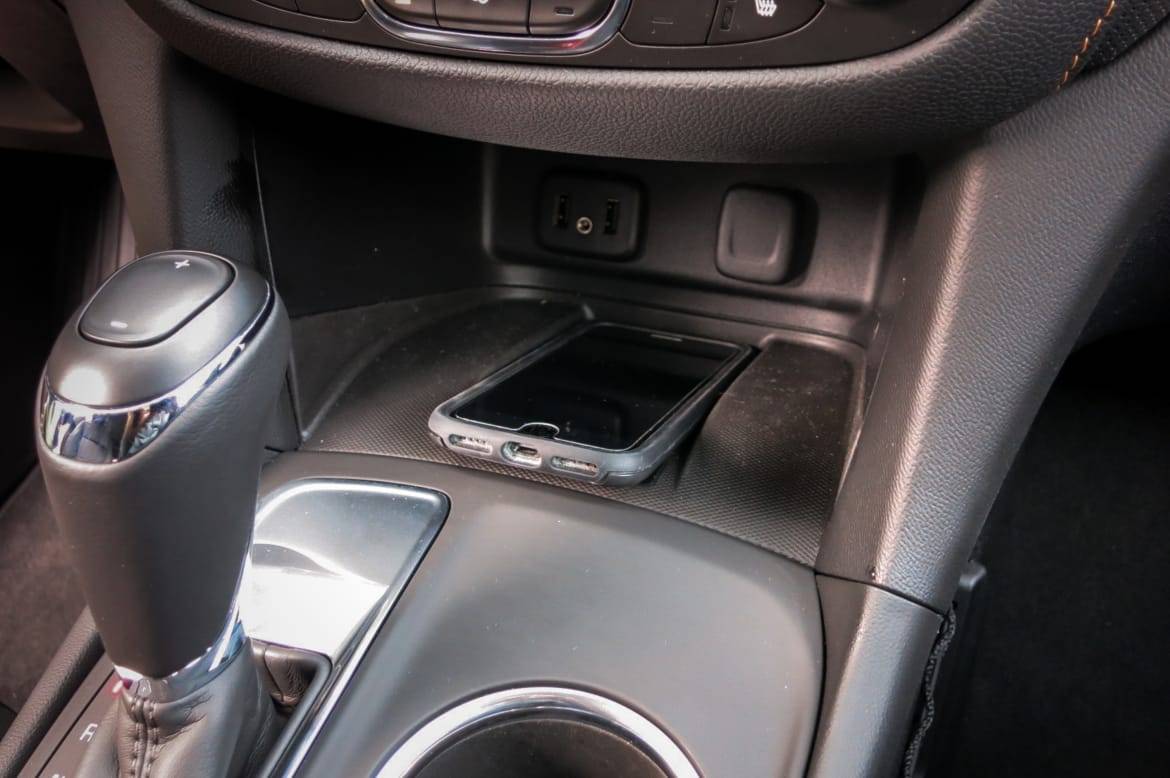
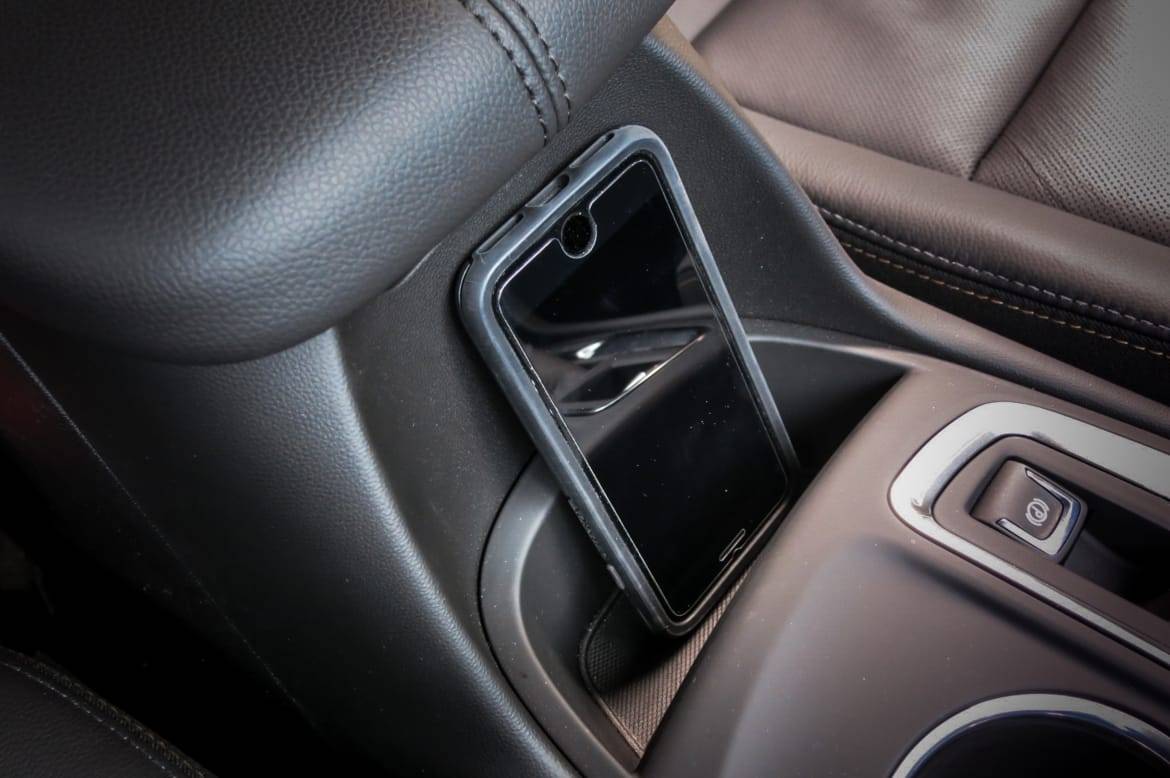
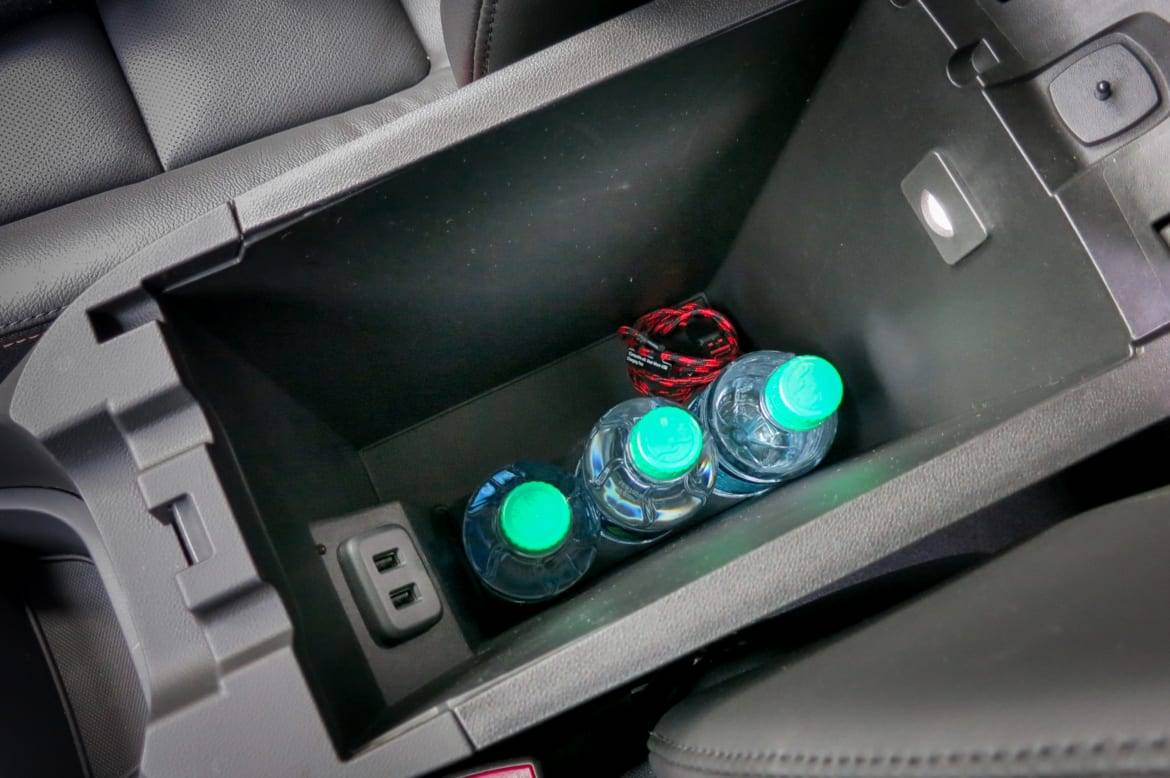
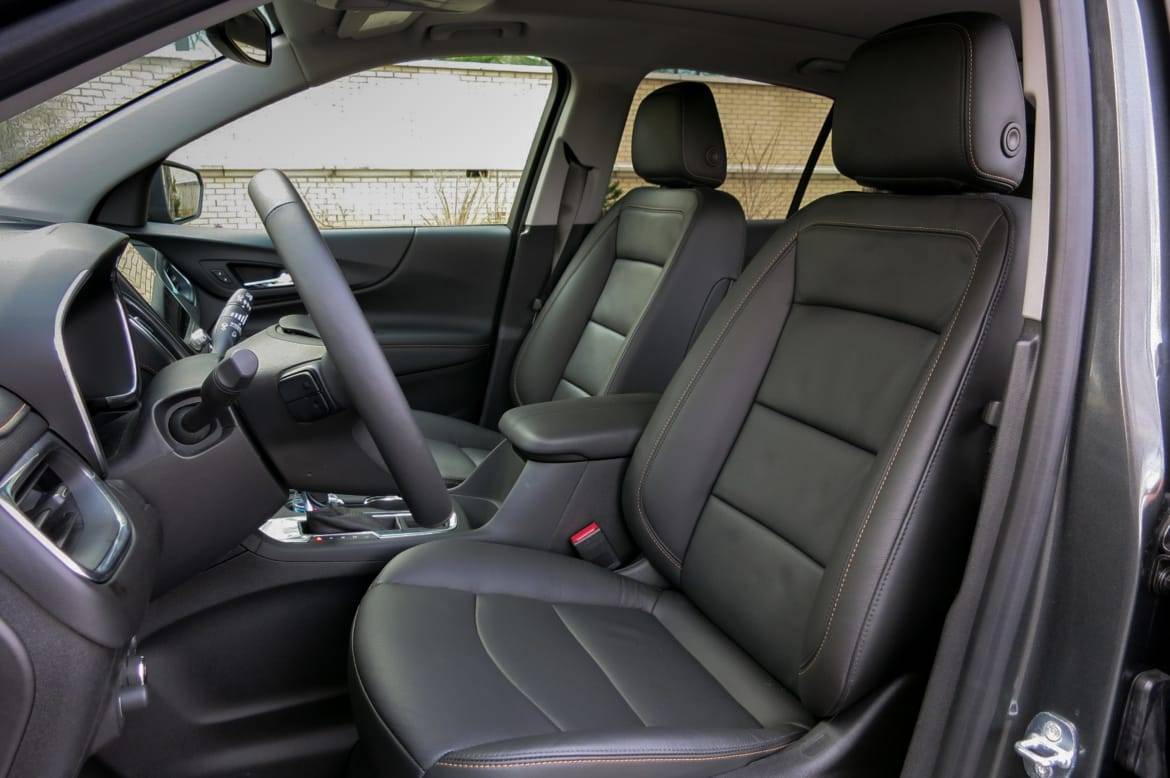
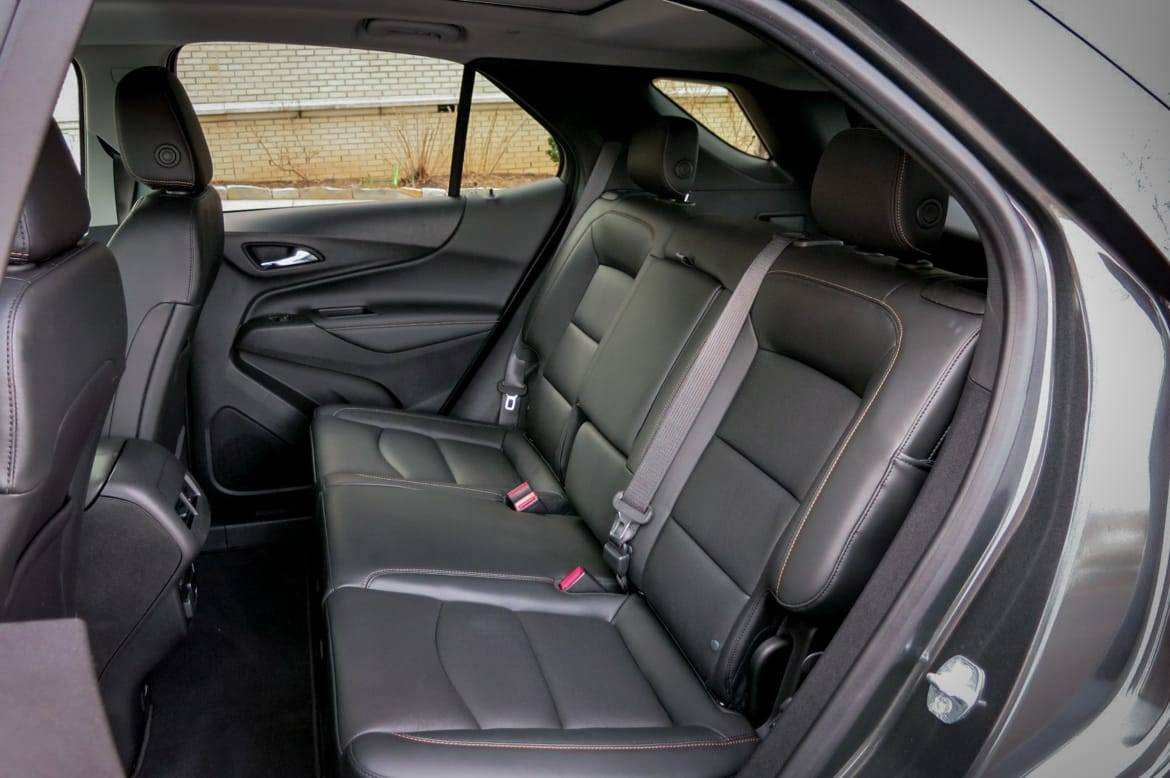
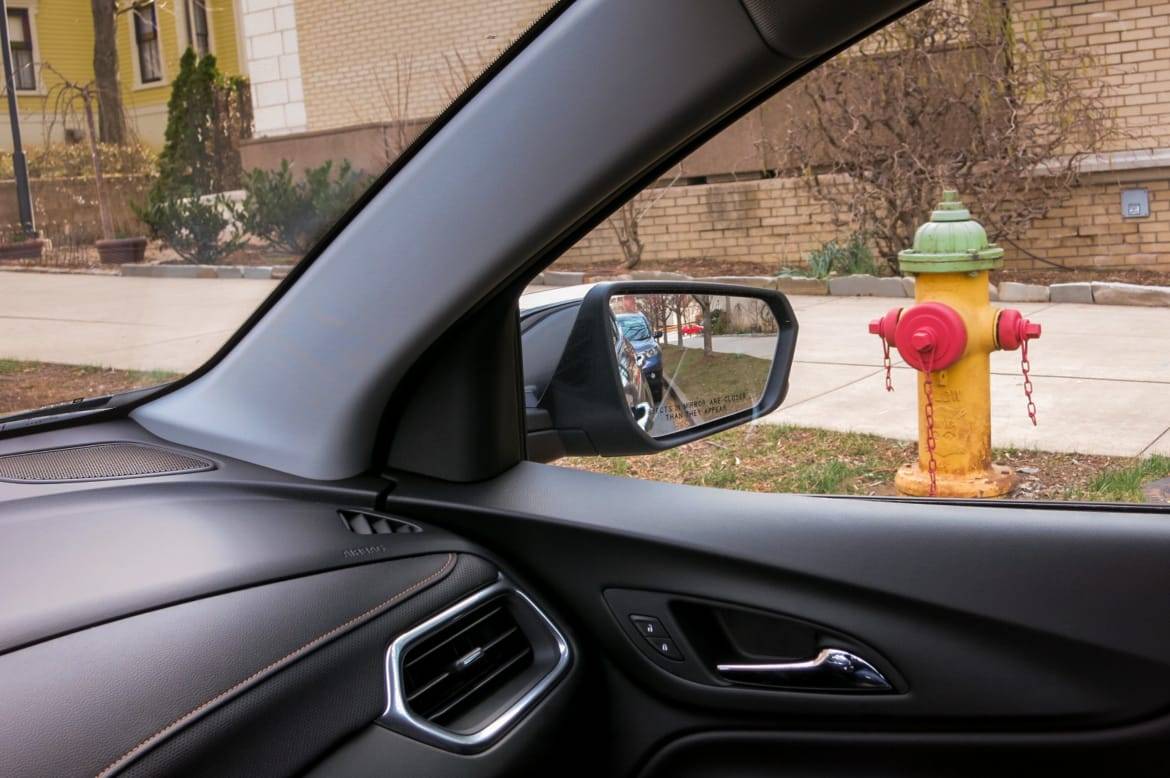

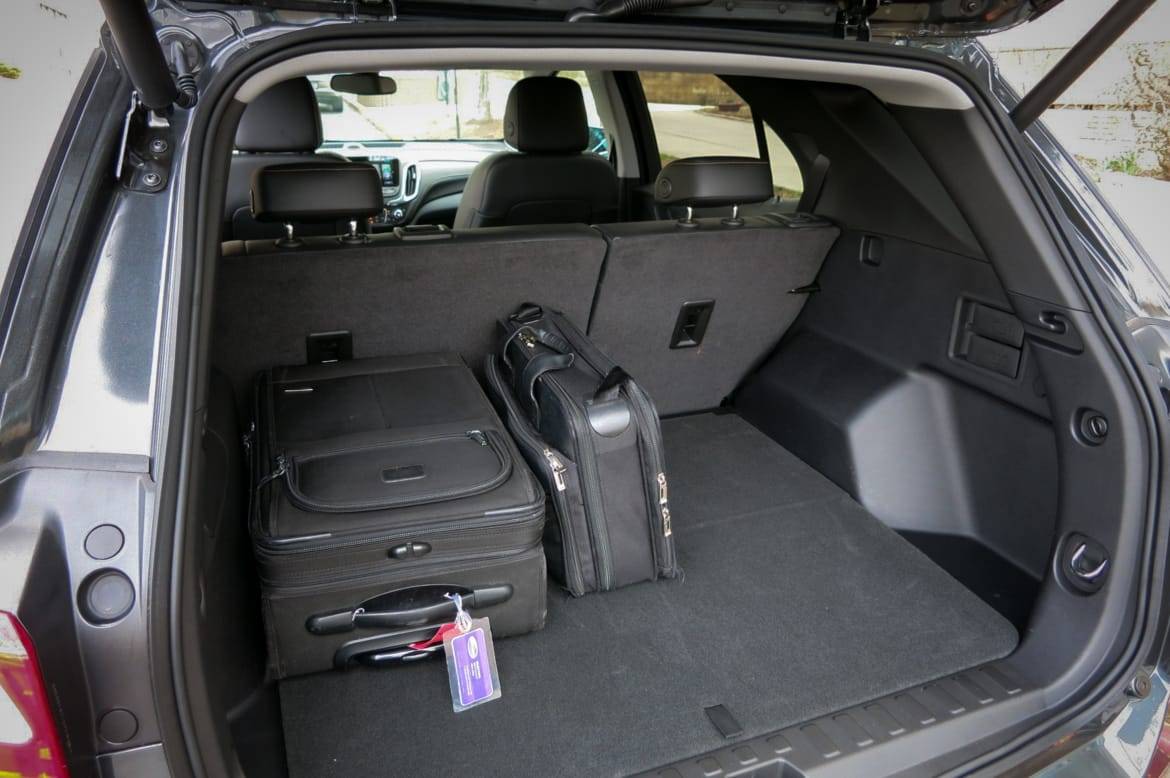

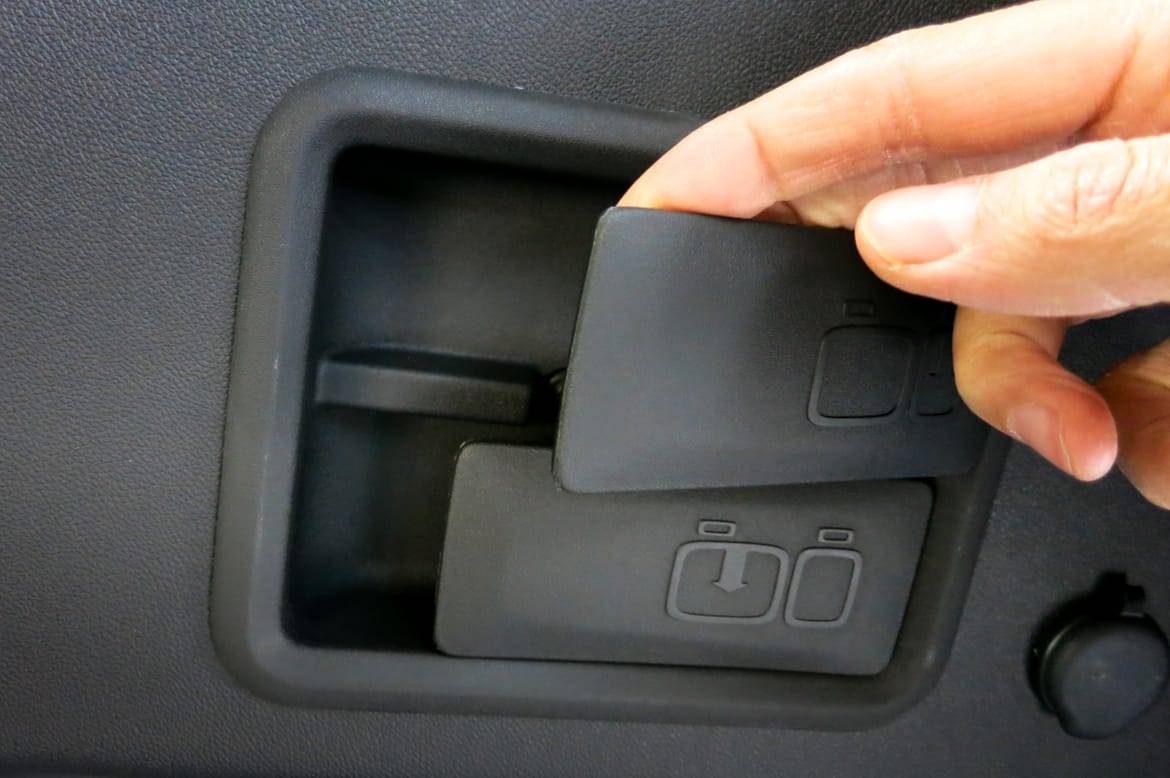
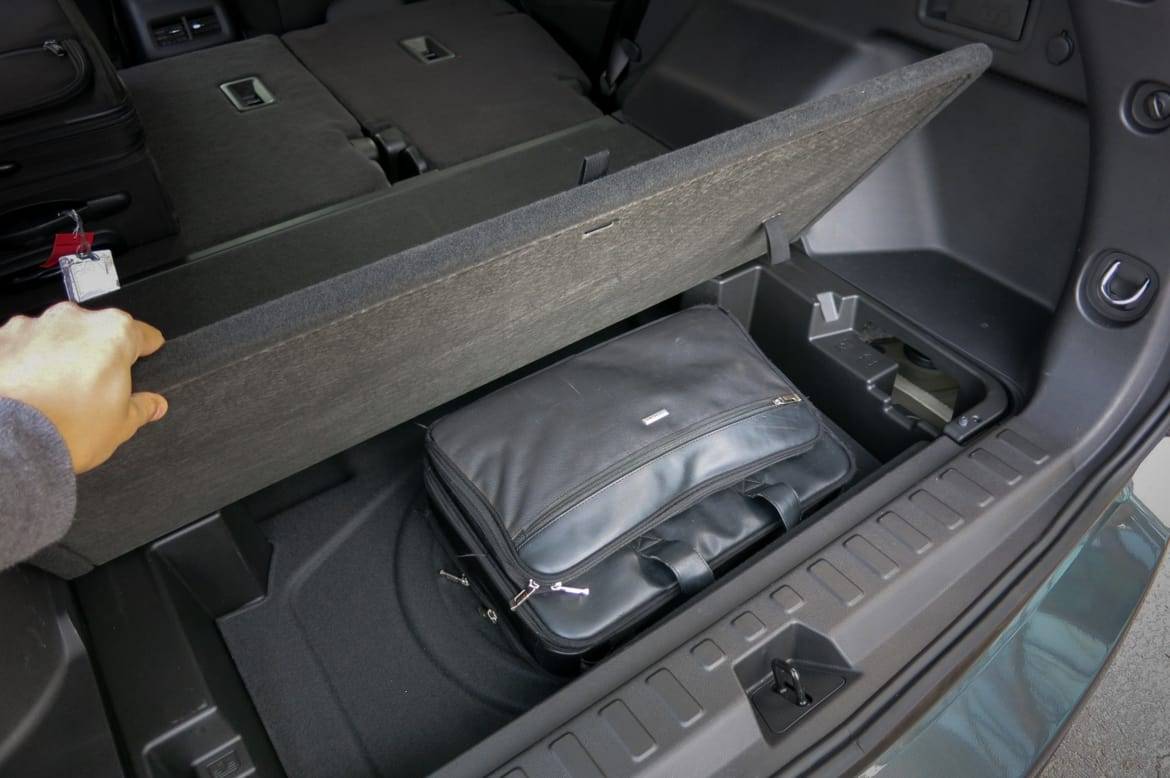























Former Assistant Managing Editor-News Kelsey Mays likes quality, reliability, safety and practicality. But he also likes a fair price.
Featured stories
